Measuring CSAT
Estimated reading time: 7 minutes | Target users: CC Managers, DC Managers, Project Managers, Supervisors
Customer Satisfaction (CSAT) is a frequently used key performance indicator used to determine and measure how satisfied your customers are with your products or services.
In this lesson, you will learn:
- What CSAT is
- How to calculate CSAT
- How to set up CSAT for your projects in VCC Live
1. How is CSAT measured?
Measuring CSAT is based on one or more questions about the client experience.
CSAT is usually measured shortly after the interaction between the customer and the representative ends such as a support phone call or a purchase.
1.1 Example Question and Rating Scale
Depending on the type of your project, you can ask respondents to rate the level of satisfaction on a scale.
A simple CSAT question with a 1 to 5 scale rate aiming to determine overall satisfaction is typical when measuring CSAT, for example:
“How would you rate your overall satisfaction with the service you received?“ or
“Which of the following best describes how you felt about your support experience?”
1 – Dissatisfied
2 – Somewhat dissatisfied
3 – Neutral
4 – Satisfied
5 – Extremely satisfied
2. Calculating CSAT
It is common to use intermediate responses. Intermediate responses are qualities between opposing scores such as “excellent” and “bad”. For example, for positive responses, you should include scores like “4 – satisfied” and “5 – extremely satisfied”, so you can more accurately measure customer satisfaction and predict customer retention.
If customers choose “4 – Satisfied” or “5 – Extremely satisfied”, we can conclude that the customers are satisfied.
A formula to calculate CSAT:
(Number of 4 rate responses + Number of 5 rate responses) / Total number of survey responses) x 100 = % of satisfied customers
3. Setting up CSAT in a VCC Live Project
Let’s create a project in which we set up the scoring process and store its results.
Depending on your requirements, you can set up a project to match either one of these scenarios:
- You want all clients your agents had interaction with (through a specific project) to receive an assessment call after having spoken to your agents, or
- You want your agent to set up (on or off switch) an assessment call to the client.
Step 1 — Start with creating a new project and adding two database fields.
- Set up a new project with dialing mode set to Outbound IVR, but do not activate the project just yet. Let’s name the project ‘CSAT Survey’.
- Select the project, then navigate to Database > Fields. Press Create new field.
- In the Unique identifier field, type: ‘url’. Mark the Indexed checkbox.
- Choose Export value from the Include in CDR log as: drop-down list.
- Repeat steps 2-4 to create two new fields called ‘uuid_csat’ and ‘agent_csat’.
Note: Learn more about setting up database fields here
Step 2 — Next, set up the IVR by adding a few inbound processes.
- In the project, navigate to Channels > Voice > Inbound.
- Add a new Timesheet titled “CSAT” with no timestrips specified.
- Under this timesheet, add the following inbound processes and items:
- A Label process
- An IVR process
- IVR buttons (as many as the number of response options will be)
- Add a Set variable process under each IVR buttons.
- A new Timesheet, with no timestrips specified — and name it ‘CSAT’.
Step 3 — Under the ‘CSAT’ timesheet, add the followings:
- A Label that will be used to redirect calls from different projects to the scoring project — let’s name it “Assessment start”
- An IVR with the required number of buttons, for example, 5 buttons if you need a 5 level satisfaction scale. In the IVR, add a sound file informing the client about the purpose of the call as well as describe the levels of assessment, for example “1 – Dissatisfied”, “5 – Very satisfied”.
- Decide about the actions you want to set up in case the client tries to press an invalid key (for example 6 for a 5 level scale) as well as actions for no response within a specified time (no keys pressed). Please note that specifying these invalid options is recommended (for example, use a sound file informing the client about the issue or add a menu repetition).
- Under each IVR button, add a Set variable process. As a variable name, enter for example: “$vcc_score_csat” and set its value for each button, for example under “button 1”, set a value to 1.
Step 4 (Optional) — You can add multiple dispositions on the project that will help you easily check the results of your assessments and take actions based on them.
- In the project settings, select Dispositions.
- Press New disposition, then name the disposition e.g., “Score 1”.
- Add multiple dispositions based on your rating scale. Please note that the dispositions type must be set to Finished.
- To use dispositions for the assessed calls on the CSAT project, you can add another action: Disposition after Set variable under each button. From the drop-down list, select a relevant disposition, for example “Score1” under “button1”, and so on.
Step 5 — Adding a Playback action as a final process.
- On the inbound processes interface, select the ‘CSAT’ timesheet your previously created.
- Add a Playback inbound process. We recommend using a sound file saying, for example: “Thank you for your feedback. Have a nice day!” to finalize the survey process.
Step 6 — To have the system automatically call back clients that spoke with your agents, and then end the call with a specified disposition allocated, you must set up a code.
- From the VCC Live menu, select Contact Center > Global Settings.
- Select the Database API tab.
- Press New token button to create a new token. You may need to scroll down to see the button.
- Enter an application name.
- Press Create to generate your token.
- Make sure to write down this token, for example, by copy-pasting it to your clipboard, notepad or a text editor software.
- Navigate to project > Script editor and make sure VCC API usage from script is enabled.
- Navigate to project > Script editor > Datasheet.
- If you don’t have a Datasheet page yet, add a new one by press the + button. If you already have an existing one, open it for editing.
- Click on Edit code and insert to your code, for example:
var date = new Date();
$().beforeSetDisposition = function(disposition) {
var uuid_csat = vcc.getScriptVariable('global.uuid');
var y = date.getFullYear();
var m = ('0' + (date.getMonth() + 1)).slice(-2);
dump(m);
var d = ('0' + date.getDate()).slice(-2);
dump(d)
var url_csat = 'https://clientname:[email protected]/v2/cdr/'+y+'/'+m+'/'+d+'/'+uuid+'/voicefile'
vcc.setFieldValue('url_csat', url_csat);
var ipf2 = new Date();
ipf2.setMinutes(ipf2.getMinutes() + 1);
ipf2 = ipf2.getFullYear() + '-' + ('0' + (ipf2.getMonth() + 1)).slice(-2) + '-' + ('0' + ipf2.getDate()).slice(-2) + ' ' + ('0' + ipf2.getHours()).slice(-2) + ':' + ('0' + ipf2.getMinutes()).slice(-2);
var ipf3 = new Date();
ipf3 = ('0' + (ipf3.getMonth() + 4)).slice(-2);
dump(ipf3)
var phone = vcc.getScriptVariable('global.clientphone');
var agent_csat = vcc.getScriptVariable('agent.name');
if (disposition.id == dispositionid) {
var projectid = 'projectid';
var record = {
"form":{
"name": vcc.getFieldValue('name'),
"phone1": vcc.getFieldValue('phone1'),
"uuid_csat": uuid_csat,
"url_csat": url_csat,
"agent_csat": agent_csat,
},
"disposition":{
"dispositionid": "2",
"next_calldate": ipf2
}
};
vcc.callCustomerApi('POST', '/v2/projects/'+projectid+'/records', record, function(success, response) { });
};
}
- Press Save and Upload to apply changes and publish your JavaScript.
Note: Learn more managing scripts in VCC Live here
Step 7 — To finish setting up the CSAT project, let’s finalize your project’s outbound dialer settings. This includes setting the project so that the dialer transfers the clients to the appropriate inbound process.
- In your Outbound IVR project (CSAT Survey), in Outbound settings, for the Outbound IVR dialer, specify the followings:
- Transfer to project: select “CSAT Survey” your previously created from the drop-down list.
- Transfer to process: select the “Assessment start” label your previously created
- On the Routing&CLI tab, select a number that you would like to use as a number presented to your customers (also known as Caller ID). We recommend using a phone number that does not belong to any of your Inbound projects yet.
We also recommend specifying an Inbound process for it on the CSAT Survey project, in case a client tries to call you back if the assessment call from you was unanswered. - Recommended inbound setup under a Default timesheet: a Playback process with a sound file informing clients that it was a call from you to gather feedback.
- Activate your “CSAT Survey” project.
Where you can Find CSAT Responses
- Select your CSAT Survey project, then select Logs and statistics > CDR log.
- Set the time period you need the log for.
- On the Extended tab, choose Direction: Outbound in the advanced search options.
- Make sure the Score, uuid and url columns are displayed, then press Search.
- You will see a list of survey calls initiated by the Outbound IVR dialer. In the CSAT Score column, you can see a rate you received for a particular call and in the url column you will find a link to the corresponding call recording as well as the uuid of the original call in the uuid column.
How to Calculate your CSAT Score
- Copy and paste the selected CDR log entries to an Excel spreadsheet.
- Based on the CDR data, create a pivot table to display the total number of each score as well as total number of scores in general.
- Add a calculation based on our formula above or use your preferred calculation method.
Congratulations!
You’ve just learned how to set up assessment call projects in VCC Live.
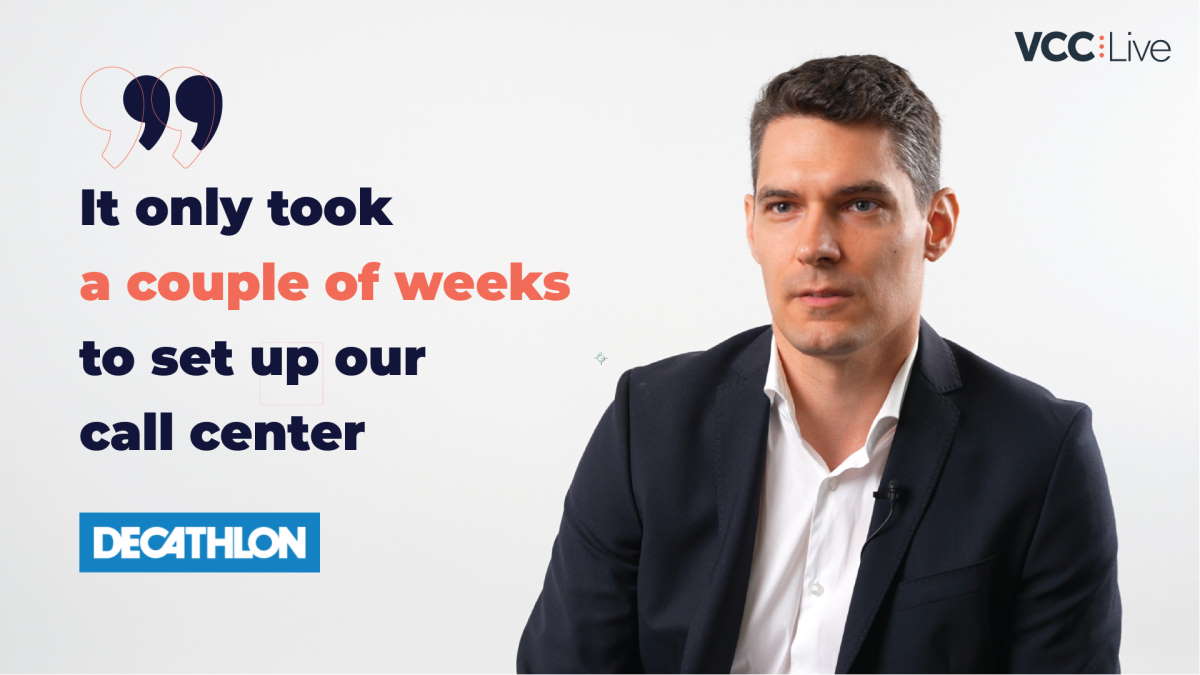
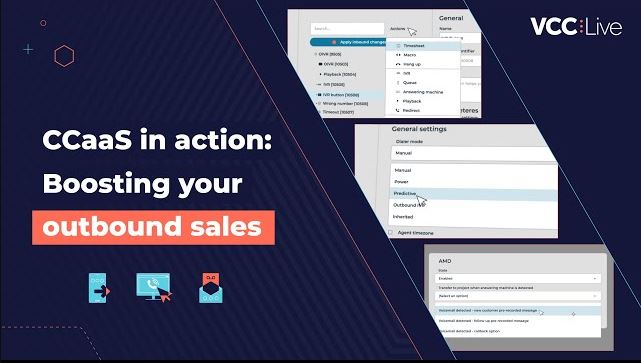
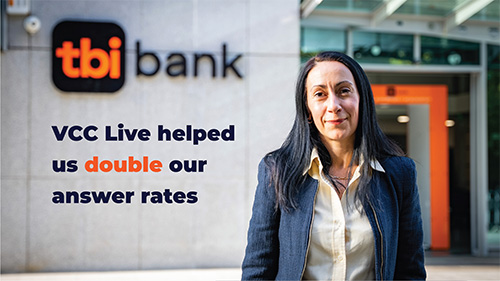
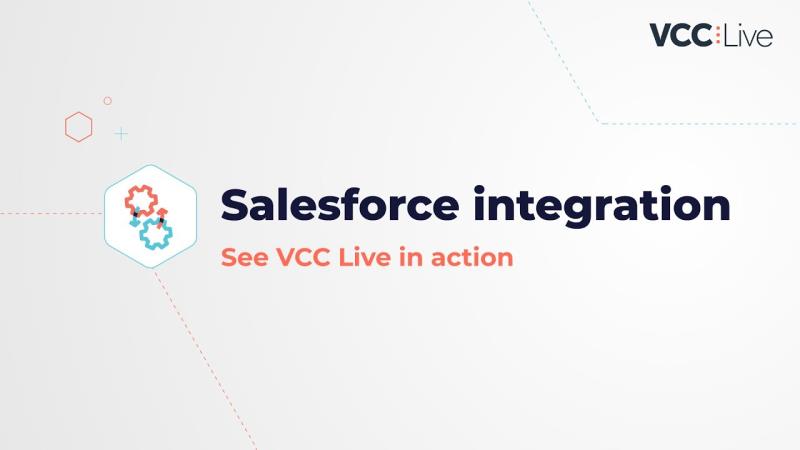
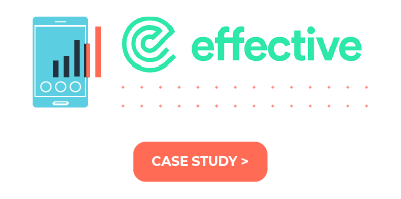
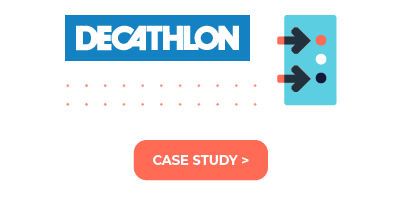
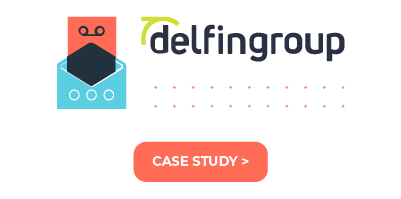
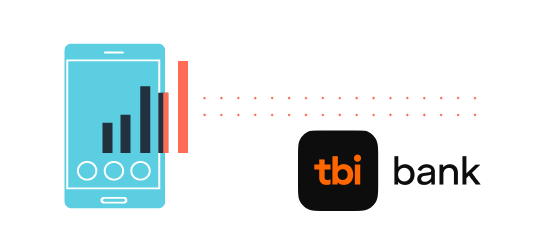
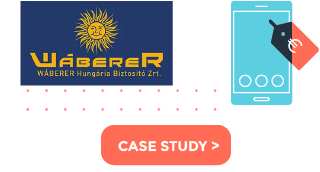
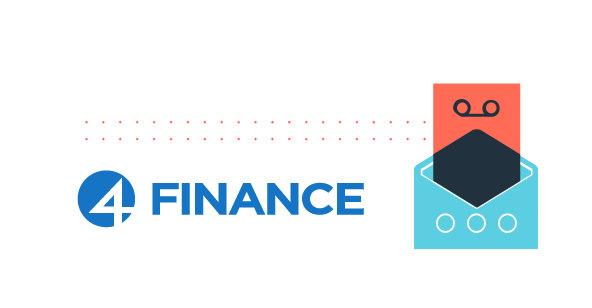

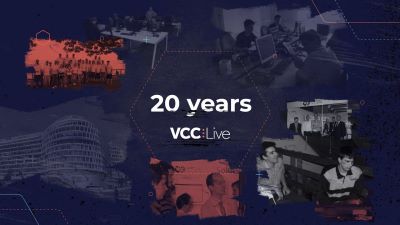
Comments
Can’t find what you need? Use the comment section below to connect with others, get answers from our experts, or share your ideas with us.
There are no comments yet.